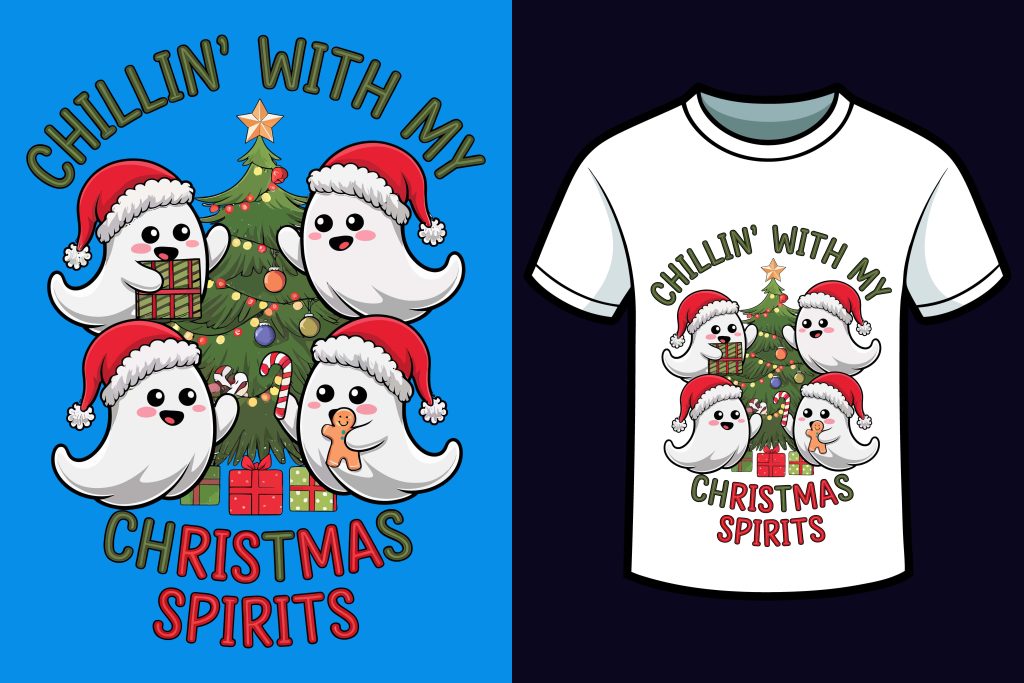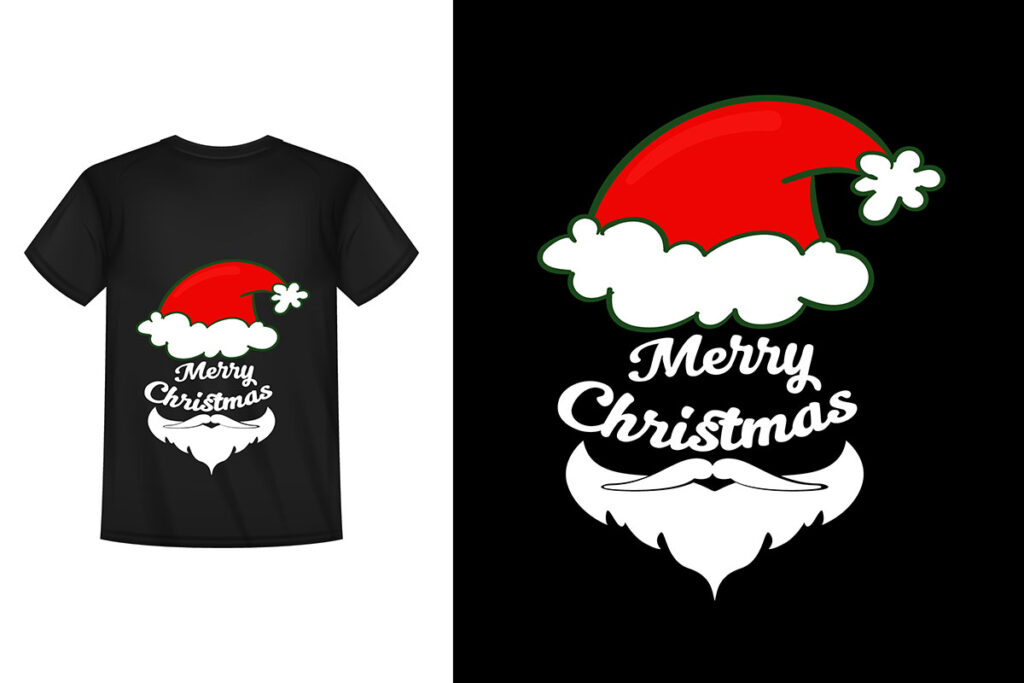DTF transfers, or Direct-to-Film transfers, have emerged as a revolutionary force in the custom apparel printing industry, transforming how designs are created and applied to garments. This cutting-edge printing technology offers businesses an innovative solution for high quality garment printing, enabling them to produce eye-catching designs with remarkable detail and durability. As the demand for unique and personalized apparel continues to rise, DTF transfers have quickly gained popularity among custom apparel designers for their versatility and cost-effectiveness. Notably, this method supports sustainable apparel printing by utilizing eco-friendly inks and materials, appealing to environmentally conscious consumers. In this article, we will explore the various aspects of DTF transfers and their impact on the evolving landscape of custom apparel.
Direct-to-Film printing techniques are redefining the way businesses approach garment customization, offering a fresh alternative that combines efficiency with high-quality results. Known for its ability to seamlessly transfer intricate designs onto various fabric types, this innovative approach caters to the growing trend of personalized clothing and promotional items. Furthermore, the technology behind fabric printing continues to advance, enabling companies to meet the demands of today’s fast-paced market while maintaining a commitment to eco-friendly practices. As custom apparel printing evolves, leveraging tools like DTF transfers equips brands with the resources necessary to stay competitive and satisfy consumer preferences for unique and sustainable products. This article delves into the transformative capabilities and advantages presented by DTF and similar printing technologies in today’s fashion landscape.
Understanding Direct-to-Film (DTF) Printing Technology
Direct-to-Film (DTF) printing technology has emerged as a forefront solution in the realm of custom apparel printing, offering a unique advantage for businesses aiming to produce high-quality garments. This innovative method utilizes a specialized film that captures intricate designs in vibrant colors. Once printed, these images can be transferred onto a variety of fabrics using heat, resulting in durable prints that withstand the test of time. The modern applications of DTF technology have not only improved print quality but also simplified the process for creators, making custom apparel more accessible than ever before.
Beyond just visual appeal, DTF printing technology is rooted in efficiency. It allows for rapid production times, which is critical in meeting consumer demands for personalized and unique clothing items. As the customization market grows, so too does the necessity for printing methods that keep pace with this evolution. DTF’s ability to produce high-resolution designs quickly makes it a favored choice among small businesses and startups looking to establish a foothold in the competitive fashion landscape.
The Versatility of DTF Transfers Across Fabrics
One of the standout features of DTF transfers is their exceptional versatility across a wide array of fabric types. Whether printing on cotton, polyester, or mixed fabrics, DTF technology ensures that designs adhere seamlessly and maintain their quality through multiple washes. This adaptability allows businesses to cater to diverse markets, from sportswear and street fashion to professional attire and promotional merchandise. The ability to personalize various clothing items broadens the scope for businesses, opening additional revenue streams and enhancing customer satisfaction.
Moreover, this versatility fosters creativity among designers and businesses alike. The diverse applications of DTF transfers enable custom shops to experiment with various textures, colors, and styles, leading to the creation of unique fashion statements. As more brands discover the potential of DTF technology, the fashion industry sees an influx of innovative designs, pushing the boundaries of what is possible in custom apparel printing.
Cost-Effectiveness of DTF Transfers for Small Businesses
For small-to-medium businesses, the cost-effectiveness of DTF transfers represents a crucial advantage in the highly competitive custom apparel market. Unlike traditional printing methods that often require bulk orders, DTF technology allows entrepreneurs to produce smaller quantities without incurring excessive costs. This flexibility not only reduces the financial risk associated with inventory management but also empowers individual creators to explore the world of custom apparel without a substantial upfront investment.
Furthermore, the affordability of DTF printing processes makes it easier for startups and niche businesses to launch their custom apparel lines. This democratization of garment printing is reshaping the industry landscape, allowing a diverse range of brands to emerge with innovative products. By capitalizing on the cost-effective nature of DTF technology, small businesses can focus on creativity and market differentiation, driving growth and expanding their customer base.
Eco-Friendly Practices in DTF Printing
As sustainability becomes increasingly paramount in consumer decision-making, DTF transfers offer a pathway for brands to adopt eco-friendly practices in their printing processes. Many DTF printers now utilize environmentally friendly inks and materials, aligning with the growing trend towards responsible production. By implementing these greener alternatives, businesses can minimize their ecological footprint while appealing to a conscientious consumer base that values sustainable fashion.
Integrating eco-friendly solutions into DTF printing not only enhances brand reputation but can also provide essential marketing leverage. In a market where consumers are becoming more aware of the environmental impacts of their purchases, brands that prioritize sustainability can distinguish themselves from competitors. The opportunity to attract eco-conscious shoppers while offering high-quality, custom-printed apparel makes DTF technology an ideal choice for businesses looking to thrive in a changing landscape.
Market Growth and Demand for Customized Apparel
The custom apparel market is poised for substantial growth as consumers increasingly seek personalized products that reflect their unique identities. This demand for individualization drives innovations such as DTF transfers, which can quickly and efficiently produce high-quality designs tailored to customer specifications. Reports indicate that the global market for customized apparel is on the rise, particularly as consumers gravitate towards garments that allow them to express personal style.
As more businesses recognize the potential of DTF technology to meet this evolving demand, we can expect an influx of creative offerings that cater to diverse consumer preferences. From distinctive fashion pieces to unique promotional items, DTF transfers are set to play a pivotal role in shaping the future of the custom apparel industry. Companies that embrace this technology not only stand to benefit from increased sales but also position themselves as leaders in a market defined by innovation and personalization.
Maximizing Your Business Potential with DTF Transfers
To fully harness the potential of DTF transfers, businesses must proactively integrate this technology into their operational strategies. Investing in quality DTF printers and ensuring staff receive adequate training on the printing process will enhance production capabilities and ensure consistent quality across products. By streamlining workflows and utilizing DTF technology effectively, companies can maximize their output and meet customer demands more efficiently.
Moreover, businesses should not overlook the importance of marketing their offerings effectively. Utilizing social media and targeted online marketing strategies can amplify their reach, attracting a broader audience keen on customized apparel. By highlighting the unique aspects of products created using DTF transfers, brands can appeal to niche markets while creating a loyal customer base that values personalization and quality.
Frequently Asked Questions
What are DTF transfers and how do they work?
DTF transfers, or Direct-to-Film transfers, involve a unique printing process where designs are printed on a special film, which can then be applied to various fabrics using heat. This method ensures high-resolution designs that are vibrant and durable, making it ideal for custom apparel printing.
How does DTF printing technology differ from other printing methods?
DTF printing technology stands out due to its capability to produce high-quality images on a variety of fabrics, including cotton and polyester. Unlike traditional methods like screen printing, DTF transfers allow for intricate designs without minimum order quantities, making it a versatile option for custom apparel businesses.
What are the advantages of using DTF transfers for custom apparel printing?
Using DTF transfers for custom apparel printing offers several advantages, including superior print quality, cost-effectiveness, and material versatility. This technology allows businesses to produce unique, high-quality garments quickly and affordably, catering to the growing demand for personalized fashion.
Are DTF transfers environmentally friendly?
Yes, many DTF printing processes incorporate eco-friendly inks and sustainable materials. As the custom apparel industry shifts towards greener practices, DTF transfers provide an eco-conscious printing solution that can help brands reduce their environmental impact while meeting consumer preferences for sustainability.
Can small businesses benefit from DTF transfers?
Absolutely! DTF transfers offer small businesses a cost-effective way to enter the custom apparel market. The technology allows for low minimum orders and quick turnaround times, enabling startups and individual entrepreneurs to create and sell unique designs without significant financial risks.
What types of fabrics can be used with DTF transfers?
DTF transfers are highly versatile and can adhere well to various fabric types, including cotton, polyester, and their blends. This flexibility makes DTF technology suitable for a wide range of applications, from high-quality fashion items to promotional merchandise.
| Key Point | Description |
|---|---|
| Introduction | DTF transfers are revolutionizing custom apparel through quality, versatility, and affordability. |
| Overview of DTF Transfers | Digital printing process that transfers high-resolution designs onto fabric using heat. |
| Key Developments | 1. Technological improvements enhance print resolution and speed. 2. Versatility across various fabrics like cotton and polyester. 3. Cost-effective for small businesses. 4. Eco-friendly alternatives with sustainable inks. 5. Growth in demand for personalized apparel. |
| Business Case for DTF Transfers | Invest in quality printers, train staff, market custom offerings, and test eco-friendly options. |
Summary
DTF Transfers have revolutionized the custom apparel industry by offering a cutting-edge solution for high-quality, personalized garments. This innovative technology enables businesses to create intricate designs on a wide variety of fabrics, meeting the rising consumer demand for unique and customized fashion. As DTF printing continues to evolve, its significance in streamlining production processes and providing eco-friendly options further cements its role as a vital asset for companies looking to thrive in the ever-changing apparel market. Businesses that embrace DTF transfers not only enhance their product offerings but also position themselves for success in an increasingly personalized world.



